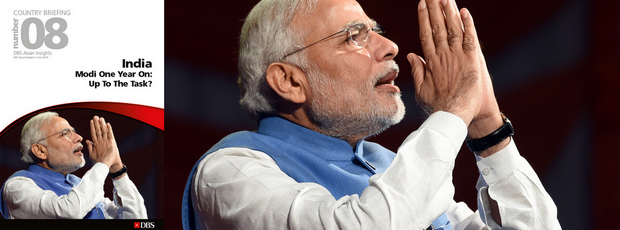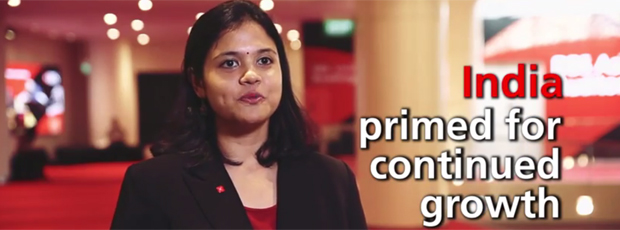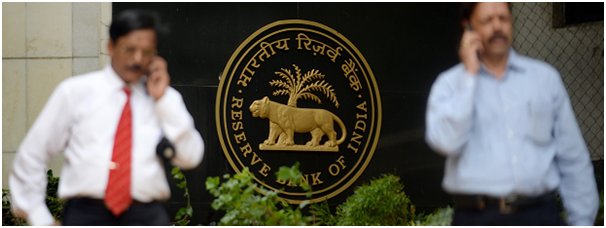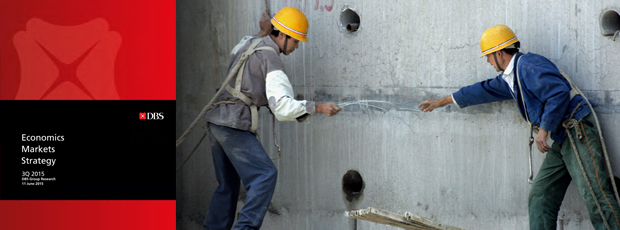06/29/2015
India / GDP

After a year under the Modi government, the Indian economy is headed in the right direction. But expectations should be tempered as the reforms will take time to complete.
Indian Prime Minister Narendra Modi’s win with a single-party majority in May 2014 raised expectations for effective structural reforms and quickened economic growth. Following a year in power, it is clear that many changes are still required across the board (land, capital, labour, and enterprise), which means reform will be an even longer process than usual.
The clock is ticking for Modi’s government to sustain and capitalise on the optimism its election instilled by delivering on the many promises that were made during the campaign. Especially when many of the official pledges announced have specific targets and deadlines attached to them.
Domestic reforms have been broad-based and incremental. Areas such as urbanisation, financial inclusion, infrastructure, and a bigger role for manufacturing have also been identified as crucial to long-term economic recovery. But other reform measures, including subsidy rationalisation, smaller hikes in support prices, and a clampdown on black money could crimp growth in the short-term.
Many macro-economic indicators have improved and show signs of sustained progress. But they are still vulnerable to uncontrollable external factors such as unusual monsoon patterns. While Modi cannot be blamed for erratic weather conditions, his government’s preparedness and reactivity will be closely monitored.
The Indian economy is headed in the right direction, but expectations should be tempered. Compared to last year, foreign portfolio inflows are likely to slow as the reform agenda enters the crucial implementation stage.
India may not be spared the effects of a general slowdown in the global environment. Recent export growth dropped for a fifth straight month, factory output slowed to a five-month low, and bad loans at banks are estimated to rise to the highest since 2001.
On the inflation front, the Reserve Bank of India governor Raghuram Rajan has cited the possibility of a weak monsoon, rising oil prices, and a volatile external environment clouding the inflation outlook, and rate cuts may have to pause for some time.
All said, without execution on the reform, India’s growth is likely to drift along with the rest of the Asian economies as they succumb to export weakness. Gross value added — a component of GDP watched closely by the central bank — gained 6.1% versus an estimated 7%.
Overall, the to-do list is long and will take more than a year or two to complete. Reform takes time. But time is a scarce resource that Prime Minister Narendra Modi does not have to convince both friends and foes that he is in fact up to the task.
Read the full report




